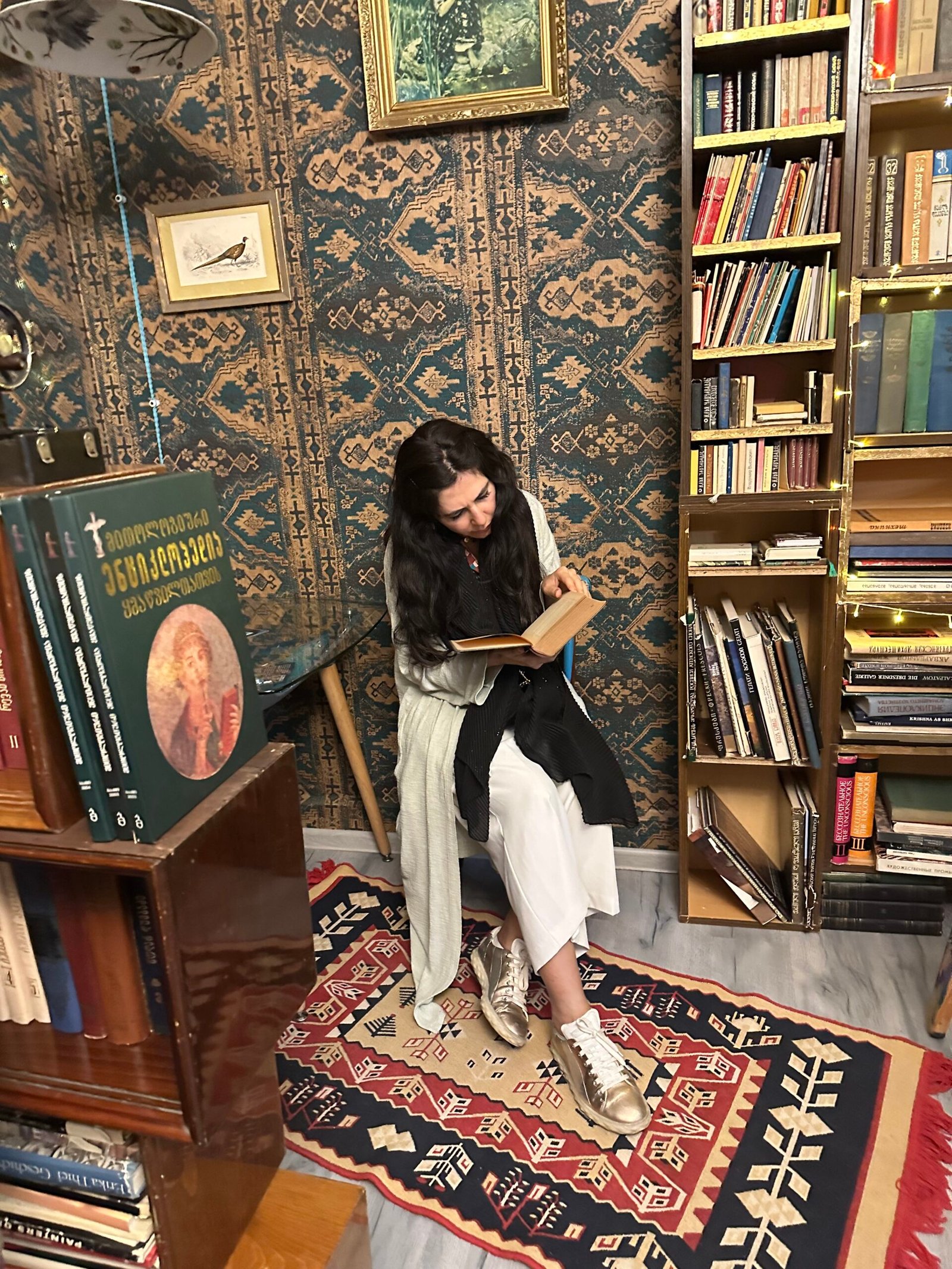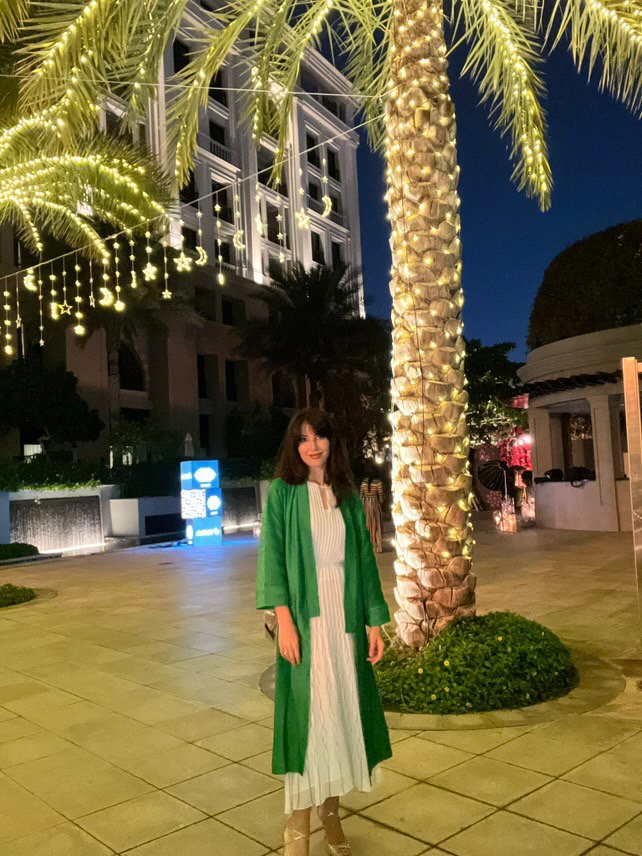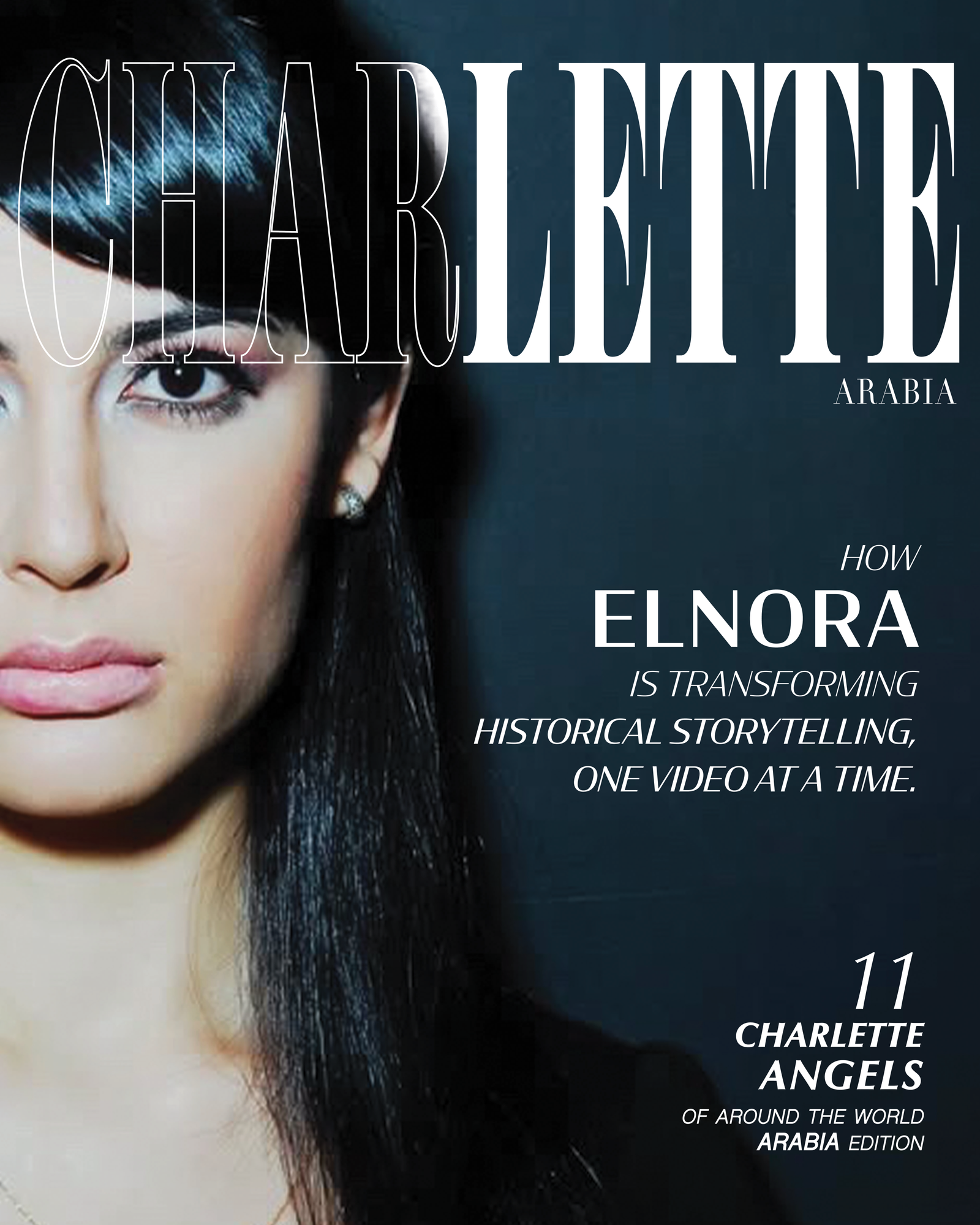 In a world where social media thrives on short attention spans and fleeting trends, history often struggles to find its place. Yet, Elnora has managed to carve out a unique space where Middle Eastern history and culture come alive in a way that feels immediate, relevant, and deeply engaging. Through TikTok and Instagram, she has built a platform that educates, sparks curiosity, and challenges long-held misconceptions about a region too often simplified or misunderstood. Her content is not just about retelling history—it’s about making it accessible, exciting, and thought-provoking for a new generation.
In a world where social media thrives on short attention spans and fleeting trends, history often struggles to find its place. Yet, Elnora has managed to carve out a unique space where Middle Eastern history and culture come alive in a way that feels immediate, relevant, and deeply engaging. Through TikTok and Instagram, she has built a platform that educates, sparks curiosity, and challenges long-held misconceptions about a region too often simplified or misunderstood. Her content is not just about retelling history—it’s about making it accessible, exciting, and thought-provoking for a new generation.
For Elnora, history was never just a subject in school; it was a passion that shaped her worldview. She grew up fascinated by the stories of civilisations that once thrived where modern cities now stand. The Middle East has always been a region of immense cultural richness, yet it is frequently reduced to political conflict in mainstream discourse. She realised that many people—especially outside the region—knew little beyond war and instability. That realisation drove her to start creating content that showcased the depth of the Middle East’s history, proving that it is much more than the narratives often pushed by global media.
 Creating historical content for social media comes with its own set of challenges. The fast-paced nature of platforms like TikTok means content has to be concise yet informative. Elnora has mastered the art of distilling complex historical events into short videos without oversimplifying them. She carefully selects topics that strike a balance between being educational and engaging. Some of her most popular videos cover lesser-known historical figures, ancient inventions, and cultural traditions that have endured for centuries. She also looks for historical stories that have parallels to current events, making them more relatable to modern audiences. Many of her ideas come from her followers, who often request topics they want her to explore. This interactive element keeps her content dynamic and ensures she is addressing real gaps in historical knowledge.
Creating historical content for social media comes with its own set of challenges. The fast-paced nature of platforms like TikTok means content has to be concise yet informative. Elnora has mastered the art of distilling complex historical events into short videos without oversimplifying them. She carefully selects topics that strike a balance between being educational and engaging. Some of her most popular videos cover lesser-known historical figures, ancient inventions, and cultural traditions that have endured for centuries. She also looks for historical stories that have parallels to current events, making them more relatable to modern audiences. Many of her ideas come from her followers, who often request topics they want her to explore. This interactive element keeps her content dynamic and ensures she is addressing real gaps in historical knowledge.
 One of the most difficult aspects of her work is handling controversial and politically sensitive topics. The Middle East’s history is deeply intertwined with colonialism, war, and cultural clashes, making it almost impossible to discuss without touching on issues that remain contentious today. Elnora is aware of the weight her words carry and is meticulous in her research. She relies on academic sources, primary texts, and scholarly perspectives to ensure accuracy. She also makes a conscious effort to present multiple viewpoints, especially on topics with disputed narratives. For her, the goal is not to tell people what to think but to give them the tools to think critically and question existing narratives.
One of the most difficult aspects of her work is handling controversial and politically sensitive topics. The Middle East’s history is deeply intertwined with colonialism, war, and cultural clashes, making it almost impossible to discuss without touching on issues that remain contentious today. Elnora is aware of the weight her words carry and is meticulous in her research. She relies on academic sources, primary texts, and scholarly perspectives to ensure accuracy. She also makes a conscious effort to present multiple viewpoints, especially on topics with disputed narratives. For her, the goal is not to tell people what to think but to give them the tools to think critically and question existing narratives.
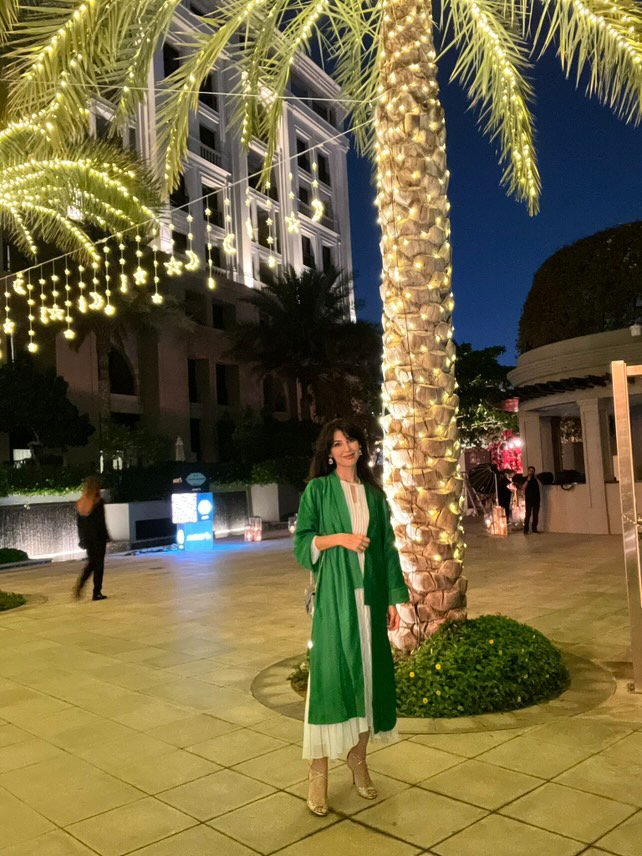 Despite her careful approach, she often faces criticism. The internet is a space where people hold strong opinions, and history—especially when tied to identity and politics—can evoke intense emotions. Some accuse her of bias, while others argue that she shouldn’t discuss certain topics at all. She has learned to navigate these challenges by setting clear boundaries. Constructive criticism helps her refine her work, but she doesn’t engage with disrespectful or hostile comments that detract from the educational purpose of her content. She believes in fostering meaningful discussions but refuses to let negativity dictate her approach.
Despite her careful approach, she often faces criticism. The internet is a space where people hold strong opinions, and history—especially when tied to identity and politics—can evoke intense emotions. Some accuse her of bias, while others argue that she shouldn’t discuss certain topics at all. She has learned to navigate these challenges by setting clear boundaries. Constructive criticism helps her refine her work, but she doesn’t engage with disrespectful or hostile comments that detract from the educational purpose of her content. She believes in fostering meaningful discussions but refuses to let negativity dictate her approach.
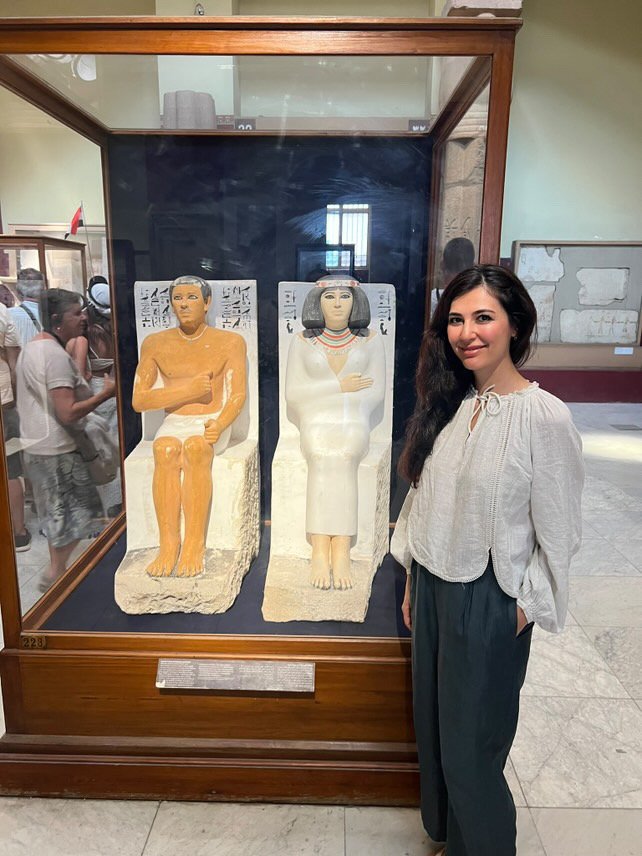 What makes her content so engaging is her storytelling technique. Instead of presenting dry historical facts, she weaves narratives that feel alive. She uses elements of suspense, humour, and drama to pull her audience into the past, making historical figures feel like real people rather than distant names in a textbook. Her goal is to make history feel like an immersive experience, not just a lesson. This approach has helped her content stand out in a digital space where entertainment often takes priority over education.
What makes her content so engaging is her storytelling technique. Instead of presenting dry historical facts, she weaves narratives that feel alive. She uses elements of suspense, humour, and drama to pull her audience into the past, making historical figures feel like real people rather than distant names in a textbook. Her goal is to make history feel like an immersive experience, not just a lesson. This approach has helped her content stand out in a digital space where entertainment often takes priority over education.
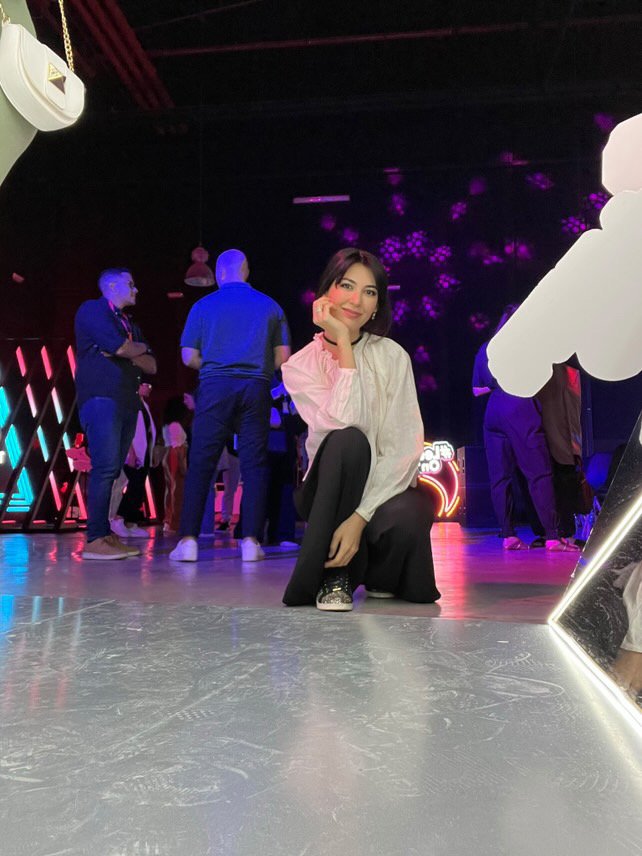 Another factor in her success is her ability to adapt historical content to a visual medium. TikTok and Instagram are built on aesthetics, and Elnora understands the power of visuals in shaping engagement. She uses imagery, historical artwork, and creative editing to enhance her storytelling. Whether it’s showcasing ancient manuscripts, recreating historical maps, or using subtle animations to illustrate a battle, she ensures that her videos are as visually compelling as they are informative. The blend of strong research, engaging storytelling, and stunning visuals has made her content resonate with audiences across different backgrounds and levels of historical knowledge.
Another factor in her success is her ability to adapt historical content to a visual medium. TikTok and Instagram are built on aesthetics, and Elnora understands the power of visuals in shaping engagement. She uses imagery, historical artwork, and creative editing to enhance her storytelling. Whether it’s showcasing ancient manuscripts, recreating historical maps, or using subtle animations to illustrate a battle, she ensures that her videos are as visually compelling as they are informative. The blend of strong research, engaging storytelling, and stunning visuals has made her content resonate with audiences across different backgrounds and levels of historical knowledge.
Beyond individual videos, Elnora is focused on a bigger mission. She wants to change the way people perceive the Middle East, breaking the cycle of stereotypes that reduce its rich history to mere political strife. She believes that understanding history is key to understanding the present, and by shedding light on forgotten stories, she hopes to inspire a more nuanced view of the region. Her content highlights the contributions of Middle Eastern civilisations to science, literature, philosophy, and art—areas that are often overlooked in Western-centric historical narratives.
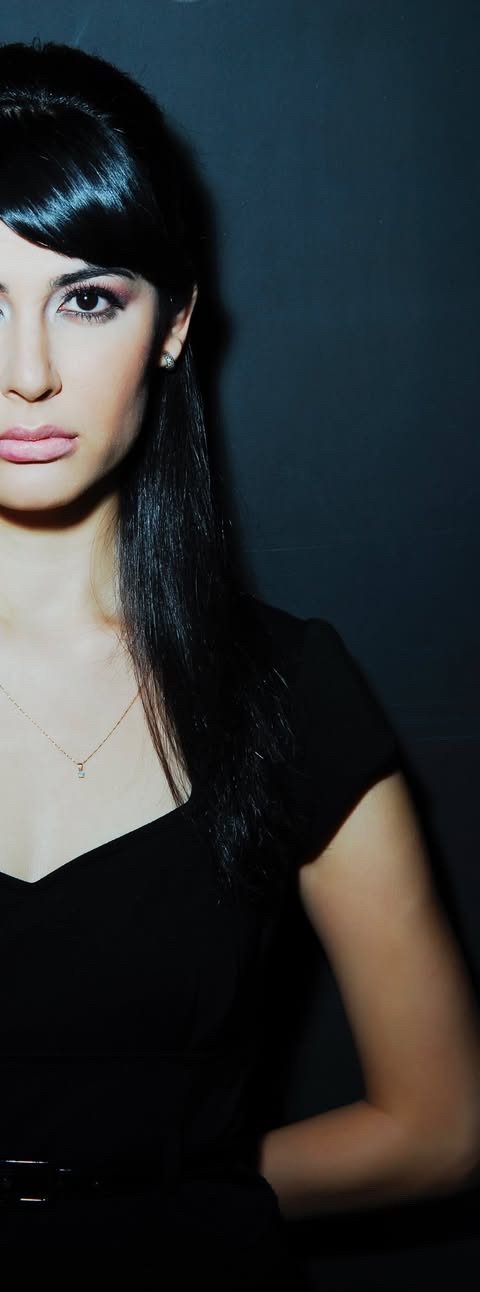
One of the aspects she is most excited about is expanding into longer-form content. Social media is a great tool for reaching large audiences quickly, but some stories need more time to be told properly. She is currently working on launching a YouTube channel where she can explore historical topics in greater depth. One of her upcoming projects includes a series on lesser-known female rulers in Middle Eastern history—women whose leadership was groundbreaking but whose stories have been largely erased or forgotten. She wants to give them the recognition they deserve, bringing their legacies back into the conversation.
Her success is a testament to the power of digital storytelling. In an age where misinformation spreads rapidly, she stands out as a voice committed to accuracy and thoughtful discussion. By making history engaging and accessible, she is not just educating people—she is shaping the way they see the past and its connection to the present. Her work serves as a reminder that history is not just something to be memorised but something to be understood, questioned, and appreciated in all its complexity.
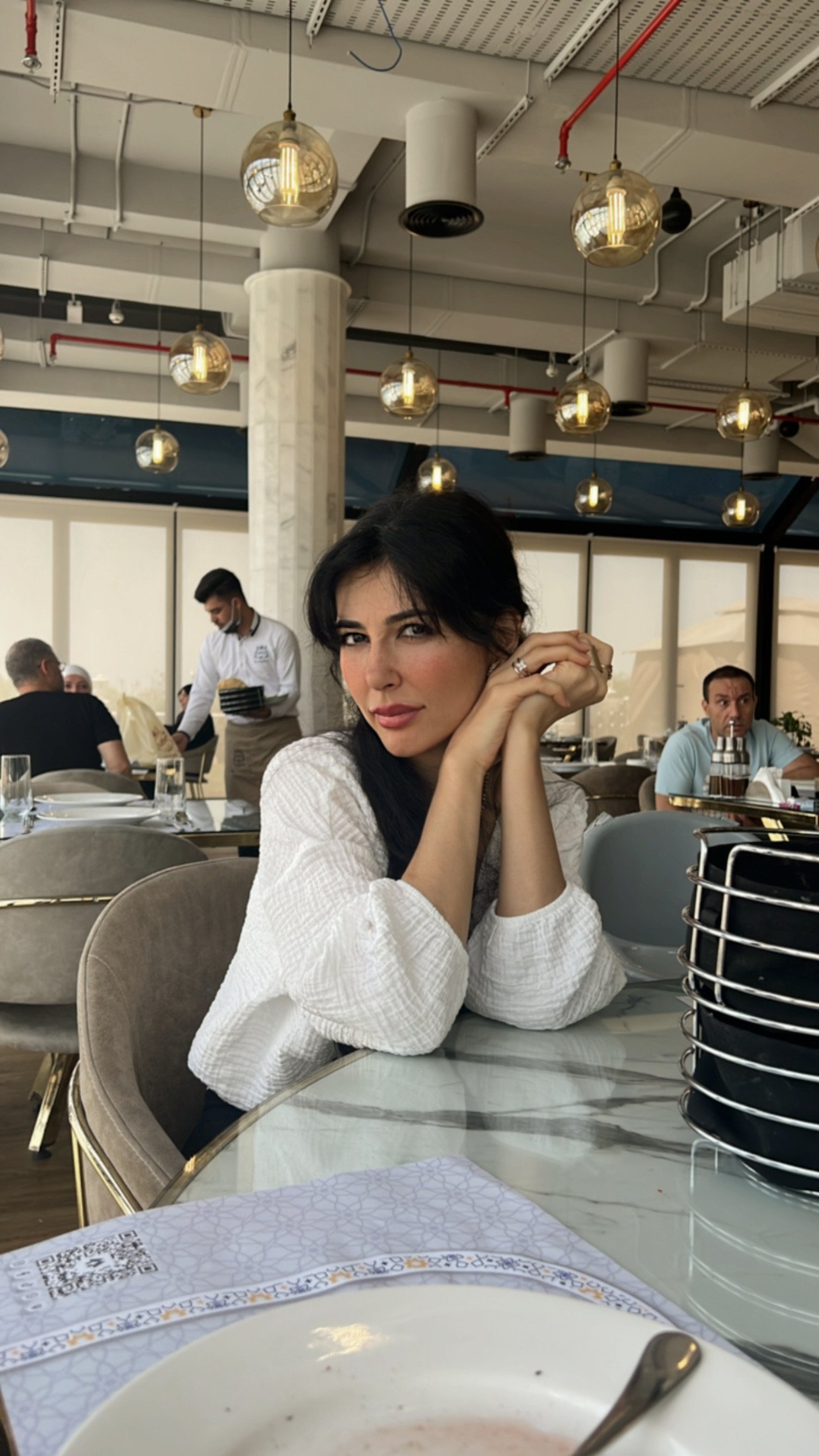
Looking ahead, she envisions a future where historical education is no longer confined to classrooms but is integrated into everyday digital spaces. She hopes to inspire more creators to take on historical storytelling and believes that by making history more engaging, more people will develop an appreciation for it. Through her work, she is not just preserving the past—she is ensuring it has a place in the future.
